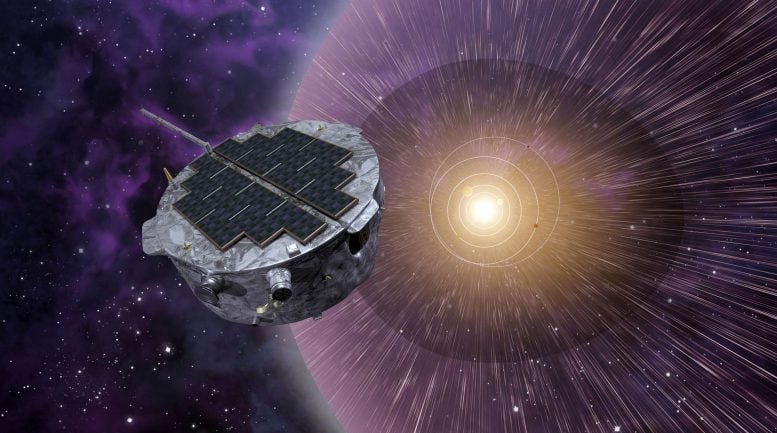IMAP Mission: Mapping the Heliopause and Beyond


Introduction to the IMAP Mission
NASA's Interstellar Mapping and Acceleration Probe (IMAP) stands as a testament to human ingenuity and our quest for knowledge about the universe. This modern celestial cartographer is poised to unveil the mysteries of the solar system by focusing on our heliosphere. The heliosphere, a vast bubble formed by the solar wind emitted by our sun, plays a crucial role in shielding Earth and the other planets from harmful interstellar radiation.
Thermal Vacuum Testing at NASA's Marshall Space Flight Center
Recently, IMAP was loaded into the X-ray and Cryogenic Facility (XRCF) thermal vacuum chamber at NASA’s Marshall Space Flight Center. Here, the spacecraft undergoes rigorous testing in extreme temperature variations that mimic the harsh conditions of space. This testing phase is vital to ensure that IMAP will operate effectively in its intended environment, collecting and transmitting data back to Earth.
The Significance of the IMAP Mission
The IMAP mission, which will be launched aboard a SpaceX Falcon 9 rocket from NASA’s Kennedy Space Center, aims to advance our understanding of the heliosphere and the cosmic environment surrounding it. By mapping the heliosphere, IMAP not only enhances our scientific knowledge but also contributes to our ongoing efforts to protect Earth from interstellar radiation. As a pioneer in space exploration, IMAP seeks to chart previously uncharted territories, providing insights into the boundary between our solar system and the vastness of interstellar space.
